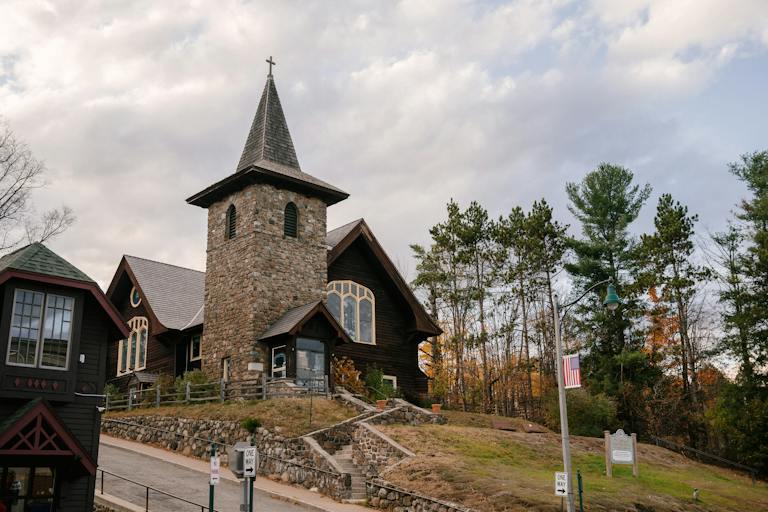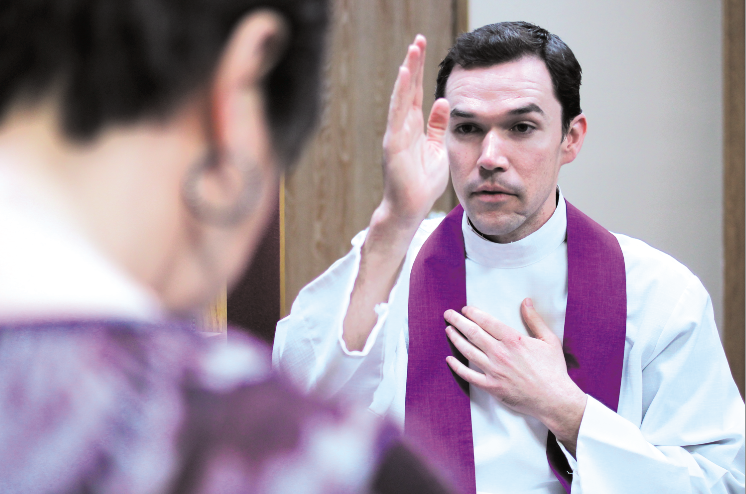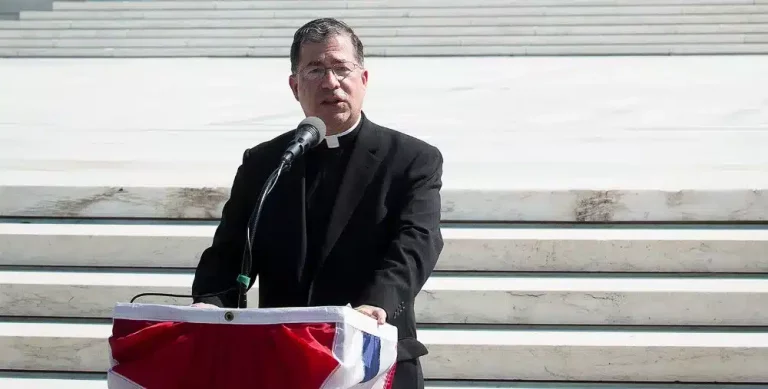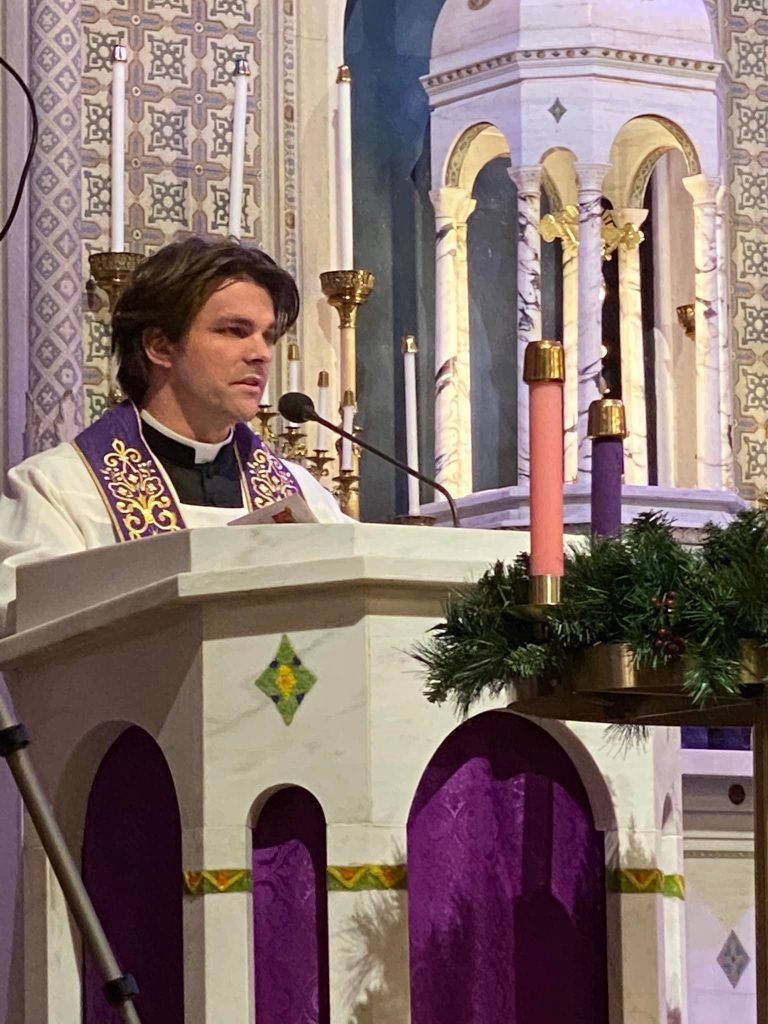What is Lent Catholic? History, Days, Purpose, and Practices
As a pastor, one of the most common questions I receive this time of year is “What is Lent?” In the following comprehensive guide, I’ll explain Lent and why it’s an important season in the Catholic faith.
Lent is the 40 day period leading up to Easter. It begins on Ash Wednesday and ends the Saturday before Easter Sunday. Lent commemorates Jesus Christ’s 40 days of fasting in the desert and temptation by Satan before beginning his public ministry (Matthew 4:1-11, Mark 1:12-13, Luke 4:1-13). For Catholics, Lent is a time of repentance, fasting, reflection, and ultimately preparation for the passion, death, and resurrection of our Lord Jesus Christ celebrated during Holy Week.
Background and History of Lent
The English word “Lent” comes from the Old English word “lencten” meaning “spring season”. In Latin, Lent is referred to as Quadragesima, which means “fortieth”. Traditionally Lent lasts for 40 days from Ash Wednesday to Holy Saturday excluding Sundays, on which the Lenten fast/sacrifice is suspended similar to how Jews would exclude Sabbath days from their fasting practices.
In the first few centuries after Jesus’ death and resurrection, there was no such thing as Lent. The introduction of Lent developed gradually over the centuries as part of the Church’s formal process of preparing candidates for baptism, or “catechumens,” for entry into the Church on Easter. Eventually, this period of preparation developed into what we know today as Lent, with prayer, fasting, and almsgiving becoming customary practices.
By 325 AD, with the Council of Nicaea, Lent’s connection with Jesus’ time of fasting and with baptism had made it an official season in the Church’s liturgical calendar, where it remains an integral part of Catholic tradition today.
Purpose of Lent for Catholics
So why focus so intensely on repentance, fasting, and anticipation of Christ’s passion during Lent? As mentioned, it is a period of preparation for Easter when we celebrate Jesus’ victory over death. More specifically, Lent serves several key purposes:
- Reflection: It’s a time for us to take a good, hard look at our lives and evaluate our spiritual health just as we would evaluate our physical health with an annual check-up. Where are we not living as Christ calls us to? Where do we need to seek God’s mercy and grace? What habits and mindsets do we need to change? Lent gives us dedicated time for this reflection.
- Repentance: Hand-in-hand with reflection comes repentance. Seeing our sins more clearly motivates us to go through the sacrificial act of turning away from those sins, wrong habits, and anything separating us from God. This repentance brings us back into the right relationship with our heavenly Father to receive his overflowing mercy.
- Spiritual Growth: When we tune out distractions through things like fasting from certain activities and make more time for prayer and Scripture reading, it opens space for spiritual growth. We realign ourselves more closely with God.
- Preparation for Easter: By walking with Christ in a focused way during his suffering and death through our Lenten sacrifices and reflections on his passion, we are better prepared to celebrate his glorious resurrection on Easter. We journey with Christ so we can share more fully in the joys of his victory over death and new abundant life.

Lenten Practices: Prayer, Fasting, and Almsgiving
Given these purposes of Lent, certain practices have developed over the centuries to actively engage us body and soul during this season. The main Lenten practices are:
Prayer: Spending more intentional time in prayer allows us to calmly reflect, listen to God’s voice, and share intimately with him. Many people choose to pray prayers like the Rosary or attend daily Mass more regularly during Lent.
Fasting: By giving something up, like a certain food, drink, activity (e.g., television or social media), etc., we make small sacrifices that unite us to Christ’s ultimate sacrifice on the cross. It also helps us detach from anything we place too high a value on, apart from God. Fasting helps train our minds, bodies, and spirits to rely more fully on God than on the comforts of the world. Many people choose to fast from meat on Fridays during Lent.
Almsgiving: Generously giving my time, talents, and money to help those in need brings us out of ourselves and our own wants and needs. It expresses love for others, just as Christ perfectly showed his love for us through his self-emptying act on the cross. Lent is an excellent opportunity to increase our almsgiving. For example, putting spare change from Lenten fasting into a donation fund.
By earnestly engaging in more prayer, fasting, and almsgiving during Lent, we immerse ourselves more deeply in Christ, aligning our minds, hearts, and daily habits with his to be spiritually renewed in time for Easter.
Lent for Children
Educating children on the meaning and practices of Lent is extremely valuable for helping form their faith from a young age. However, the concepts should be introduced in simple, tangible ways appropriate for their age avoiding unnecessary details about Christ’s suffering which could disturb them emotionally.
For younger kids, focus on Lent being a special time when we tell Jesus we love him by praying more or giving up fun things as gifts to make room to pray. Give them simple ideas for age-appropriate fasting, like giving up candy or desserts, and allocate the money saved to buy canned goods for a Lent food drive. Encourage them to secretly do good things for others as a way of “almsgiving.”. For instance, making a card for someone who is lonely or helping a parent with chores without being asked.
Children can relate to preparing for and anticipating exciting celebrations, so presenting Lent as a preparation for the joy of Easter Sunday gives them a positive motivator. With guidance, even young children can grasp the basic purpose of Lent appropriate to their stage of development.
For pre-teens and teenagers, delve deeper into the reflection and spiritual growth aspects of Lent. This is an ideal time to teach decision-making, self-discipline, and taking responsibility for their faith journey while you still actively guide them. Require that they choose a substantive Lenten sacrifice related to abstaining from problem behavior issues, improving prayer life, cutting a bad habit like technology overuse, or some other resolution personalized to their needs.
Check in regularly on their experience to offer support and encouragement when the sacrifice gets hard. Guide their reflection on fighting temptation to help them learn spiritual lessons. When viewed through the lens of taking bold steps toward Christian maturity rather than just “giving something up,” Lent can become a transformative rather than empty ritual for adolescents.
Key Lenten Days
Lent follows the overall story of Christ’s journey toward the cross, which builds in intensity over the 40 days.
Below are quick explanations of key dates as we walk day-by-day with Jesus through the season:
Ash Wednesday marks the beginning of Lent on the day after Fat Tuesday, Shrove Tuesday, and Mardi Gras. Ashes in the shape of a cross are marked on parishioners’ foreheads as the priest says, “Remember, you are dust, and to dust you shall return” or “Turn away from sin and be faithful to the Gospel.”. This symbolizes our mortality, the need for ongoing repentance, and that Lent has begun.
Sundays of Lent: On Sundays, Lenten fasting and penance are suspended, much like Jewish Sabbath observances would halt fasting. Each Sunday builds on a gospel theme: Jesus’ temptation by Satan, transfiguration, teachings, signs, and miracles, anticipation of the cross or triumphant entry into Jerusalem, and cleansing of the temple on Palm Sunday.
Holy Week is the final week of Lent (not counted in the 40 days) when the tone shifts markedly to focus intently on Christ’s suffering, death by crucifixion, descent to the dead, and burial in the tomb before his glorious resurrection on Easter Sunday.
- Palm Sunday celebrates Jesus’ entry into Jerusalem when people welcome him by waving palm branches and shouting “Hosanna!”. This quickly shifts to Good Friday mode, anticipating Christ’s passion.
- Holy Thursday commemorates the Last Supper Jesus shared with his disciples when he instituted the gifts of the Eucharist and priesthood. The altar is stripped bare after the Mass to represent Jesus being stripped of his garments.
- Good Friday: A day of fasting or abstinence solemnly honoring Jesus’ crucifixion and death on the cross for our sins. Scripture of Christ’s passion is read; veneration of the solemnly unveiled cross; and communion from hosts consecrated on Holy Thursday. No mass is held on Good Friday.
- Holy Saturday: The vigil Mass anticipating Easter, when Christ remained in the tomb after his death. A “Paschal fire” is lit outside the church, from which the Easter candle is lit, representing the light of Christ coming into a dark world. Lent ends before evening mass transitions into the first mass of Easter Sunday.
On this Lenten journey with Christ, we unite our small sacrifices with Jesus’ ultimate sacrifice out of love for us to bring us new life for both now and eternity.
Take time to reflect, repent, renew your spirit through prayer, and anticipate the abundant joy of Easter morning!
May your Lenten preparations make that coming joy even sweeter this year. God bless you!







